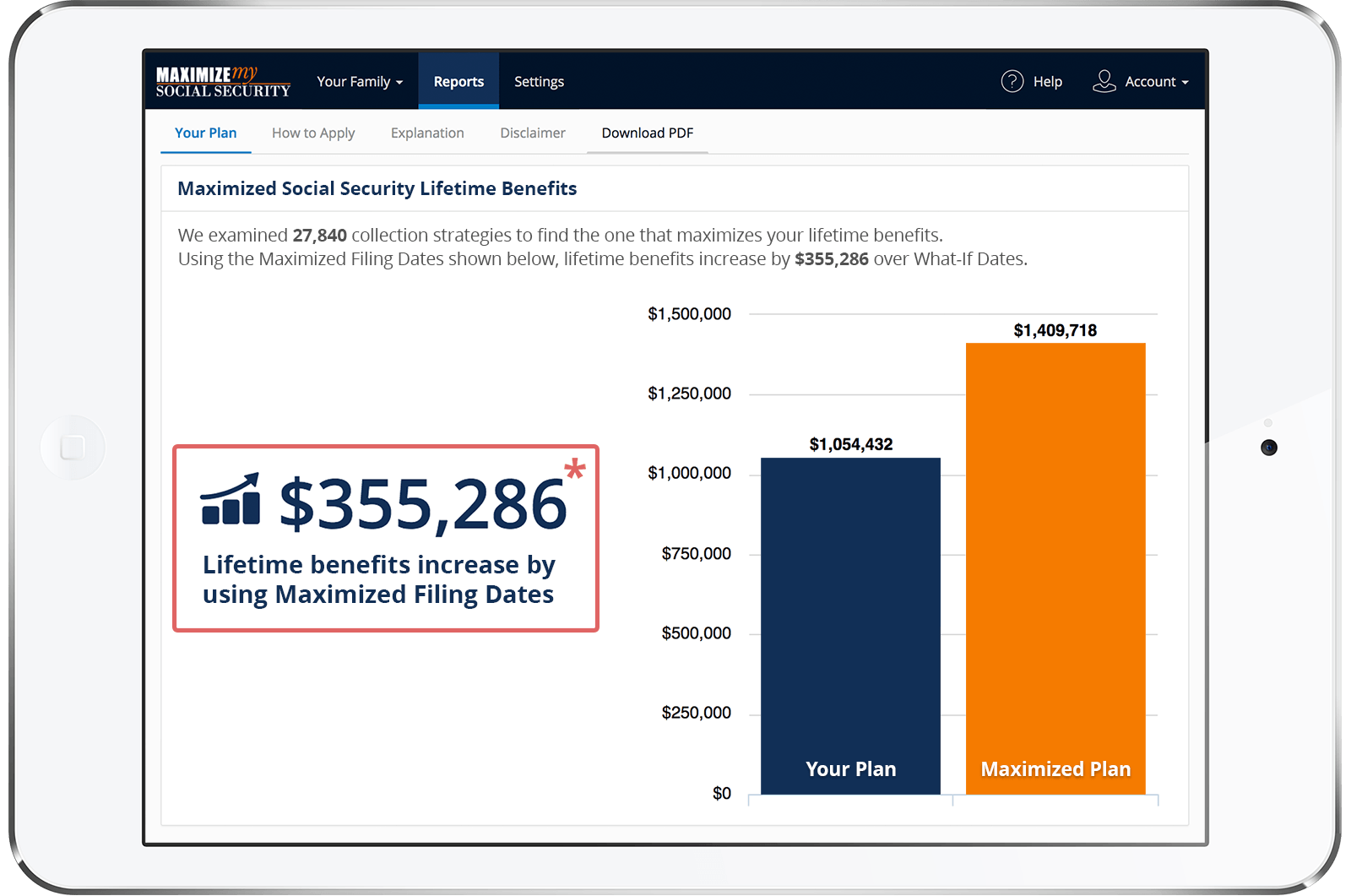My husband just passed away at 67. I am 57 and still working. He qualified for disability benefits at around 62 which was equal to his regular retirement benefit of $2,054.40. He made more money than I did and I plan to file on his benefit and we have been married 18 years, If I take a widows benefit at age 60 I understand it is a reduced benefit. My question is when I reach full retirement age (67)? can I receive the full amount based on his work history? Is the widows benefit calculated on his earnings or mine?
Hi,
I'm sorry for your loss.
No. If you start drawing widow's benefits at age 60, the applicable 28.5% reduction in your widow's rate will be permanent unless any of your benefits between age 60 and your full retirement age (FRA) are withheld because you earn more than the amount allowed under Social Security's earnings test (https://www.ssa.gov/planners/retire/whileworking.html). If you do lose benefits to the earnings test, your benefit rate would be adjusted when you reach FRA to remove the percentage reduction applied for the months between age 60 and FRA that you weren't paid benefits.
For example, say Jane files for widow's benefits at age 60. Jane's widow's rate at her FRA of 67 would be $2000, but her age 60 rate is reduced for age to $1430. Jane continues working between ages 60 and FRA, and due to Social Security's earnings test 12 months of Jane's benefits are withheld between age 60 and her FRA. As a result, Social Security would remove 1/7th of the 28.5% reduction in Jane's widow's rate when she reaches FRA, raising her benefit rate from $1430 to roughly $1511. In other words, Jane's rate would only be permanently reduced for the 6 years that she was actually paid benefits prior to FRA, as opposed to the full 7 year reduction.
Your widow's benefit amount will be based solely on your husband's earnings, not yours. If you've worked long enough to be insured for Social Security retirement benefits based on your own work record, that would be a separate benefit from your widow's benefits. You couldn't draw both benefit amounts at the same time, though, just the higher of the two.
It sounds like your best strategy would almost certainly be one of the following:
1) File for reduced widow's benefits at age 60 or as soon as your earnings will permit at least some benefits to be paid, then switch to your own record at age 70; or,
2) File for reduced retirement benefits on your own record at age 62 or as soon as your earnings will permit at least some benefits to be paid, then file for unreduced widow's benefits at full retirement age (FRA).
Normally, you would want to start out drawing the lower benefit first and then switch to the higher record when it reaches it's highest potential rate. Our software could sort all of this out for you and help you determine your optimal filing strategy.
Best, Jerry
